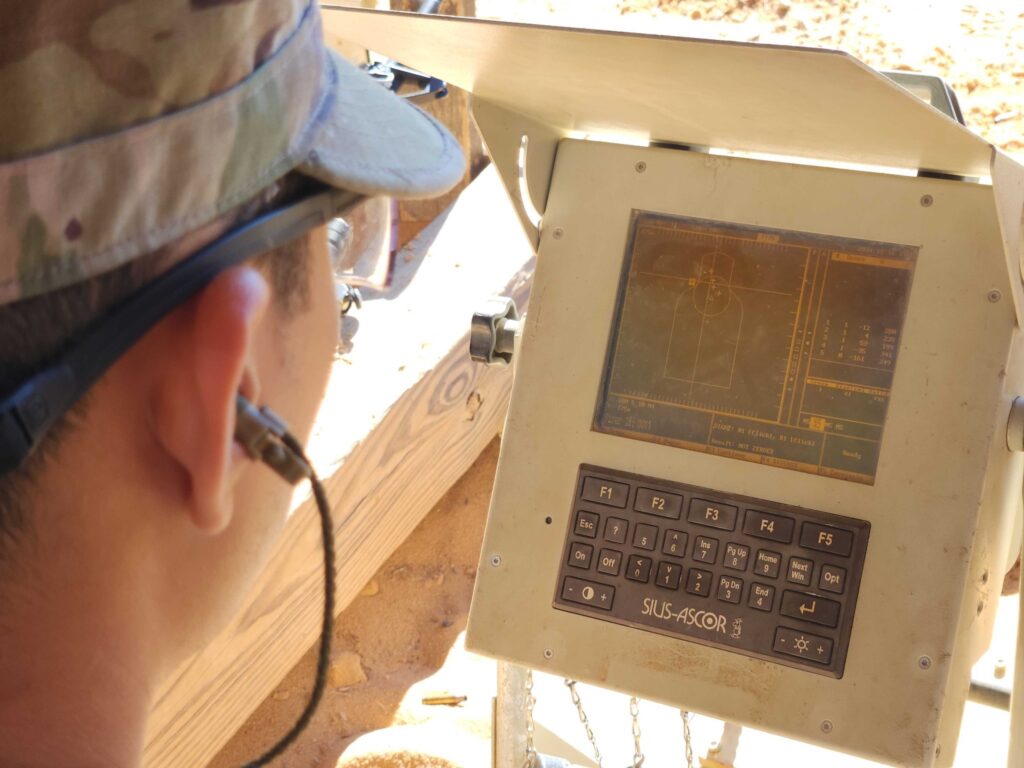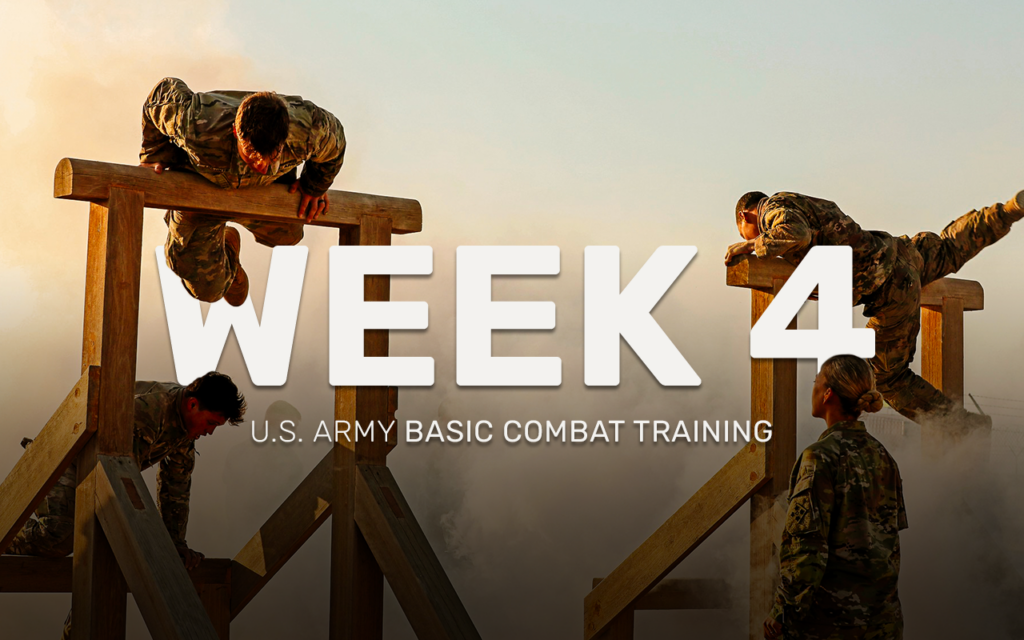Get excited—your Trainee has officially entered Phase III of Army Basic Combat Training, also known as the White Phase! This is a huge milestone and marks the moment where things truly level up. By now, your Trainee is sharper, stronger, and more disciplined than when they first arrived—but now it’s time to focus on mastering one of the most important Soldier skills: marksmanship. For many, this will be their very first time handling a weapon, and the pressure is on—but so is the determination! This is where your Trainee begins to unlock the warrior within.
Week Four Expectations: White Phase
The mission this week is crystal clear: shoot, move, communicate, survive, and perform under pressure. Physical fitness, discipline, and tactical skills are being dialed up, and the expectation to meet the Army standard is non-negotiable. Weapon qualification is a top priority—your Trainee must hit their mark to move forward into Blue Phase. And here’s the best part—they’re not doing it alone. Drill Sergeants are beginning to shift the mindset from individual success to team excellence—and your Trainee is rising to the challenge. Let’s go, White Phase!
First up this week is the Engagement Skills trainer and then they will move out to the Zeroing Range. These next 3 weeks will be one of the most critical times at Fort Jackson for your Trainee. This is the start of a very stressful time for them.
Engagement Skills Trainer
The EST 2000, or Engagement Skills Trainer 2000, is a virtual marksmanship training system used in Army Basic Training to help Trainees build and refine their shooting skills before going to the live-fire range. It simulates realistic firing scenarios using replica M4 rifles and other weapon systems in a controlled, indoor environment. The EST 2000 allows trainees to practice fundamentals like breathing control, trigger squeeze, sight alignment, and target acquisition without the pressure or safety risks of a live range. It also provides immediate feedback on shot placement, weapon handling, and firing technique, helping trainees identify and correct mistakes early in their marksmanship development.
The EST 2000 is typically used before qualification ranges as a way to build confidence and consistency. It offers various training modes, including zeroing, known distance shooting, and engagement drills, all designed to prepare Soldiers for real-world firing conditions. Instructors can monitor each trainee’s performance in real-time, adjusting the training to focus on areas where improvement is needed. The EST 2000 is a key tool in building Soldier lethality, ensuring that by the time trainees reach the live-fire qualification range, they are well-prepared and confident in their shooting abilities.

Zeroing Range
After the EST 2000, they will move out to the Zeroing Range to fire their first live rounds. Zeroing a weapon is not a training exercise, nor is it a combat skills event. Zeroing is a maintenance procedure to place the gun in operation based on the Soldier’s skill, capabilities, tactical scenario, aiming device, and ammunition. It seeks to achieve the desired relationship between the line of sight and the round’s trajectory at a known distance. The zeroing process ensures that the soldier, weapon, aiming device, and ammunition perform as expected at a specific range to target with the least induced errors.

To achieve high accuracy and precision, Trainees must zero their aiming device to their weapon correctly. The Trainee must first accomplish a consistent grouping of a series of shots, at least three but ideally five.
The M4 Carbine is the standard-issue weapon of the U.S. Army. Training Circular (TC) 3-22.9 is the Army’s guide to providing Soldiers with critical information on how to properly and effectively engage and destroy threats in a direct-fire engagement.

Full Battle Rattle
Trainees will be taught everything there is to know about the rifle (remember, it’s not a gun). Learning to shoot a rifle requires much more than pulling the trigger. The TC relies on the DS to teach the Trainees about how the weapon functions, its capabilities, the capabilities of the optics and ammunition, and how to properly employ those capabilities to achieve mastery by applying the functional elements of the shot process. Lastly, marksmanship courses will teach Trainees to hold a weapon, breathe, and shoot from various positions.
Anytime the Trainees conduct marksmanship training, they will march to the firing range, usually in full battle rattle. The full battle rattle is approximately 50 pounds of gear, including an improved outer tactical vest, Kevlar helmet, pro-mask, ammunition, weapons, and rucksack with other essential military equipment. The term was previously associated with a call to arms on warships dating back to the early 1800s. Full battle rattle saves lives, and it is essential to have all the necessary equipment to complete the mission.
Letters From Home = Morale
In your Letter this week, ask your trainee how their marksmanship training is going and if they are getting the hang of mastering their weapon. Next week, they will move on to qualifying with their gun. It will be a big week!
Are you including Reply Postage with your letters? This makes replying much easier for your busy trainee since their Sandboxx return envelope will include prepaid reply postage, and they won’t have to track down a stamp.
The Making of Your Soldier
Stay tuned for more insights into Week Four and beyond. Next week they will continue with more time at the range. Follow us on social media for the latest updates, letter ideas, and more.
That’s a brief look at the intense but rewarding journey your Trainee is on. Let’s keep supporting them every step of the way!
You can always find me via chat in the Sandboxx app or happiness@sandboxx.us. Ask for Kris and another teammate, or I will reply soon.
Hooah!
SGM Kris Broadus, U.S. Army (Ret)
